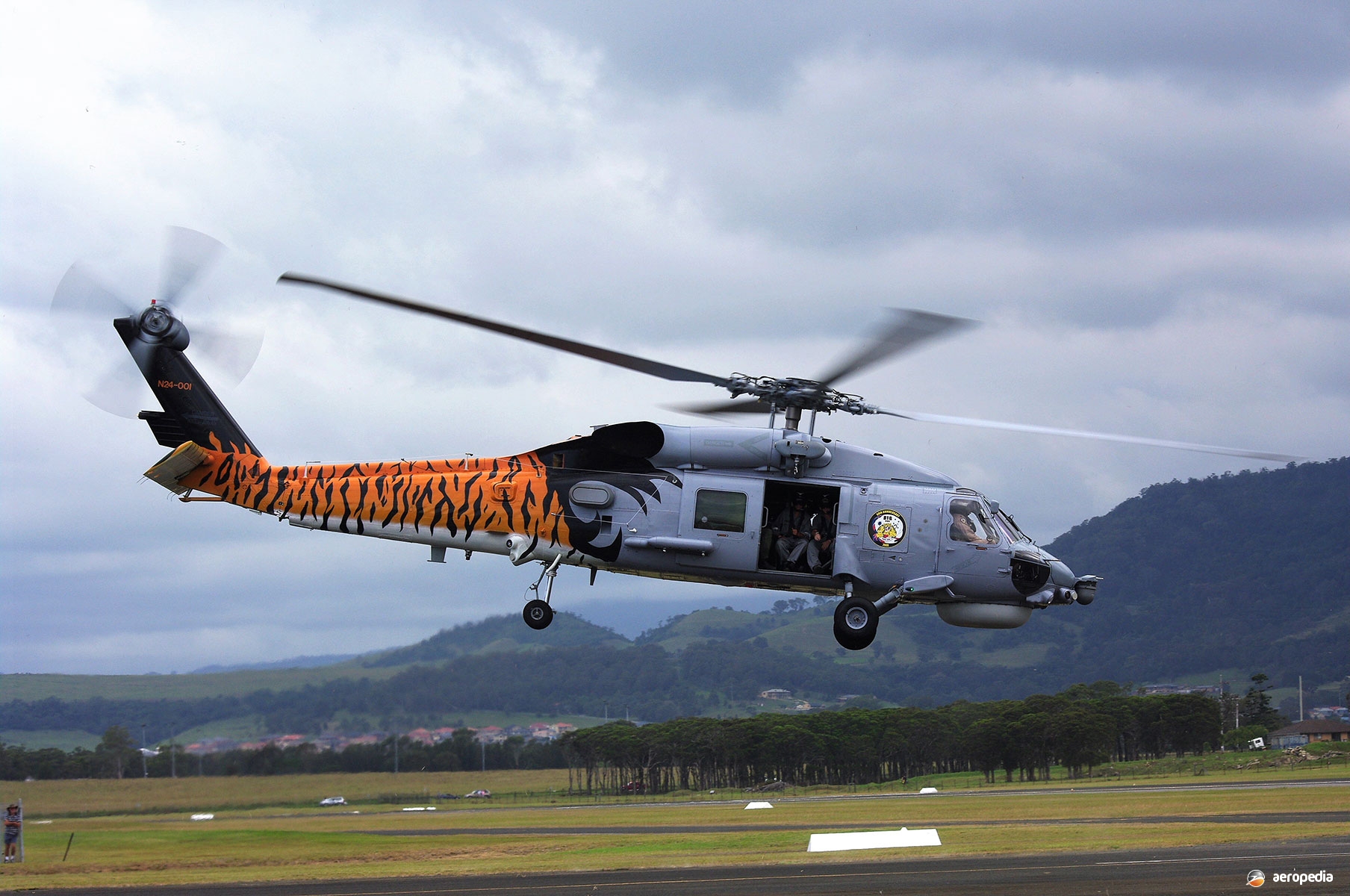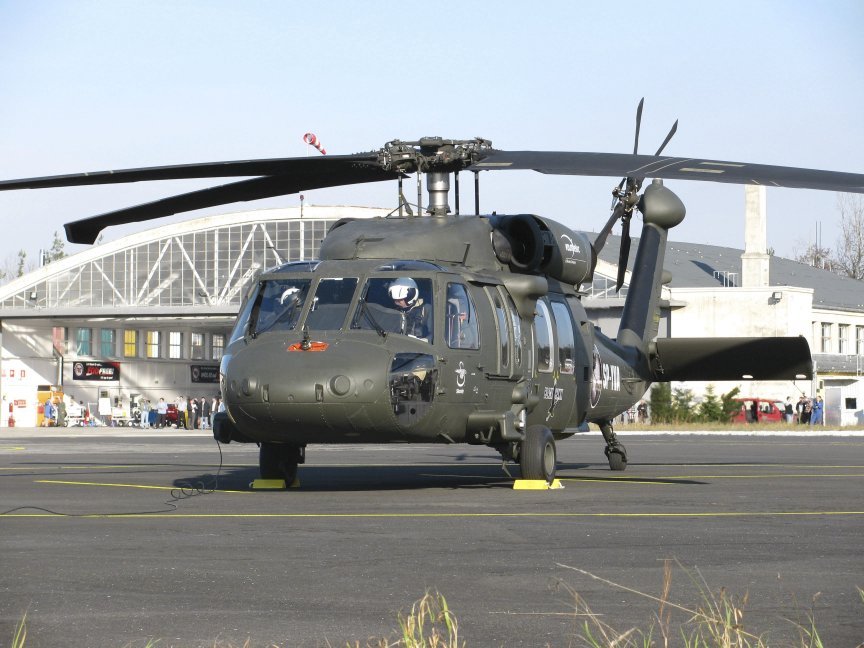Sikorsky S 70: Changing Tactical Workflow with Cutting-Edge Innovation
Sikorsky S 70: Changing Tactical Workflow with Cutting-Edge Innovation
Blog Article
Rotary-Wing Aircraft Offering Superior Durability and Precision Design
In the realm of air travel, rotary-wing airplane have long been identified for their one-of-a-kind capacities in numerous functional settings. From military missions to noncombatant applications, the evolution of rotary-wing technology has led the way for devices that use unmatched toughness and accuracy design. Through developments in materials and building methods, paired with advanced trip control systems, these aircraft have become vital tools for tasks that demand both effectiveness and precision. As we explore the complex balance between technology and integrity in rotary-wing airplane, it ends up being evident that the convergence of advanced innovation and tested design principles has actually set a brand-new criterion for efficiency and performance in the aerospace sector.
Advancement of Rotary-Wing Innovation
Throughout the background of aeronautics, the evolution of rotary-wing innovation has been a testimony to continuous advancement and advancement in aeronautical design. From the very early days of upright flight with fundamental styles to the innovative helicopters and other rotary-wing airplane of today, the progress in this area has been remarkable.
In the early 1900s, leaders like Igor Sikorsky and Juan de la Cierva made substantial strides in rotary-wing innovation. Sikorsky's VS-300 helicopter, first flown in 1939, noted a crucial moment in the advancement of practical rotary-wing airplane. This success led the way for more improvements in vertical flight capacities.

Today, rotary-wing aircraft play essential roles in numerous industries, including military operations, emergency medical services, regulation enforcement, and industrial transportation. The evolution of rotary-wing modern technology remains to push the borders of what is feasible in upright flight, making sure that these aircraft continue to be crucial possessions in the aeronautics sector.
Materials and Building Innovations
Demonstrating a blend of advanced materials and precise building and construction strategies, rotary-wing airplane have actually undergone considerable improvements in resilience and performance. Among the crucial innovations in products utilized for rotary-wing airplane is the increasing application of composite materials. These materials, such as carbon fiber enhanced polymers, use a high strength-to-weight proportion, boosting both the structural integrity and overall performance of the airplane. Furthermore, advancements in making procedures have actually enabled even more exact and detailed building and construction of rotary-wing parts, adding to enhanced aerodynamics and performance.
Additionally, the assimilation of sophisticated coverings and surface treatments has actually played an important duty in improving the resilience of rotary-wing aircraft. These coverings offer protection versus rust, abrasion, and severe weather problems, extending the lifespan of the aircraft and minimizing maintenance needs.
In regards to construction innovations, additive production, additionally understood as 3D printing, has actually revolutionized the manufacturing of facility parts for rotary-wing airplane. This technology permits fast prototyping and modification, leading to faster development cycles and minimized costs. In general, the continuous development of products and construction techniques is driving the capabilities and performance of rotary-wing airplane to new heights.
Accuracy Trip Control Solution
 view website s 70
view website s 70"/>
The assimilation of GPS innovation better boosts the precision and dependability of these systems, permitting precise navigation, waypoint tracking, and automated trip control. sikorsky s 70. This level of accuracy not only boosts the security of rotary-wing operations yet additionally enhances overall operational performance and goal effectiveness
Furthermore, the continuous advancements in expert system and artificial intelligence have actually helped with the advancement of autonomous trip capacities within Precision Flight Control Solution. This allows rotary-wing airplane to execute complicated goals with exceptional accuracy and uniformity, making them essential assets in a wide variety of applications, including armed forces procedures, search and rescue objectives, and airborne photography.
Durability in Testing Atmospheres
In demanding operational settings, rotary-wing aircraft show outstanding strength and robustness, making certain ideal performance under tough environmental problems. These aircraft are developed to withstand a vast array of ecological factors, including extreme temperatures, high winds, and harsh surface, making them fit for different goals in diverse landscapes.
One key variable adding to the longevity of rotary-wing airplane is their tough building. These airplanes are built utilizing high-grade products and advanced design techniques to boost their architectural stability and reliability. In addition, parts such as rotor blades, engine systems, and landing equipment are thoroughly created to stand up to the stress and stress and anxieties come across find this during operations in difficult settings.
Furthermore, rotary-wing aircraft are furnished with innovative onboard systems that keep track of efficiency metrics in real-time, permitting positive maintenance and very early discovery of possible issues - sikorsky s 70. This proactive method helps stop unexpected failings and guarantees the ongoing airworthiness of the aircraft sought after functional settings. In general, the sturdiness of rotary-wing airplane in difficult environments is a testament to their remarkable click over here now design and style, making them important properties for different mission-critical operations
Upkeep and Reliability Requirements
The adherence to strict upkeep and reliability standards is paramount in ensuring the optimal efficiency and safety and security of rotary-wing aircraft. Routine upkeep checks, carried out by qualified service technicians, are vital to identify and attend to any type of possible issues prior to they jeopardize the airplane's functionality. These checks include an extensive assessment of all critical elements, consisting of the engine, rotor system, avionics, and hydraulic systems, to assure that they remain in prime working problem.
Furthermore, adherence to scheduled maintenance periods based on supplier standards is crucial for promoting the airplane's reliability. This proactive strategy assists prevent unexpected failures and guarantees that the airplane stays airworthy for its intended objectives. Furthermore, the execution of durable integrity standards, such as regular component screening and replacement based upon predetermined lifecycles, even more improves the aircraft's dependability.
Final Thought

In final thought, the innovations in rotary-wing airplane modern technology have actually led to premium resilience and precision design. With ingenious products and building and construction techniques, together with accuracy flight control systems, these aircraft can operate in difficult environments with raised integrity. The maintenance and dependability standards ensure that these rotary-wing aircraft continue to do at their best, making them necessary properties for numerous sectors.
Showing a fusion of cutting-edge products and exact building methods, rotary-wing aircraft have undertaken significant advancements in sturdiness and performance. One of the key developments in materials utilized for rotary-wing airplane is the enhancing usage of composite materials.With precise interest to detail and progressed technical combination, rotary-wing aircraft have welcomed Accuracy Flight Control Equipment as a keystone of their operational quality. Overall, the toughness of rotary-wing airplane in tough settings is a testament to their remarkable engineering and layout, making them crucial properties for different mission-critical operations.
In verdict, the innovations in rotary-wing airplane technology have led to premium durability and accuracy engineering.
Report this page